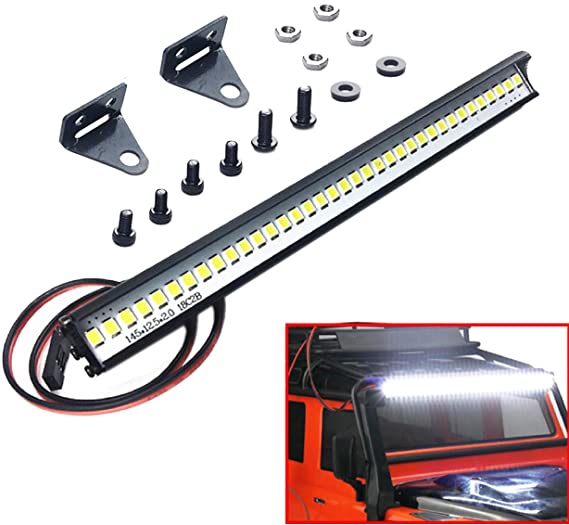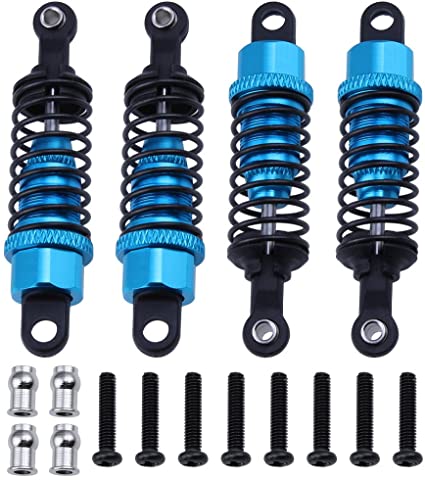| | How RC Boat Parts Work?
Despite their objective or style, all contemporary RC boats use the very same fundamental control system. In this short article, we will go over carefully, how rc boats work? It makes use of a radio control system, which has the adhering to components:
1. Transmitter
This is the part existing in the controller or joystick that you hold in your hands. It communicates the control guidelines from your hand to the boat. A transmitter is frequently called Tx for short. There are numerous transmitter styles in the market these days, with differing degrees of complexity.
The least expensive is often readily available for as reduced as $20 or 30, while advanced designs usually set you back countless dollars. Older transmitters typically run at lower regularities in the MegaHertz (MHz) variety.
Digital technology has actually changed this, with more recent remotes utilizing higher frequencies in the 2.4 GHz range. Transmitters are rated with an established variety of channels. This represents the variety of features on a watercraft the remote can regulate.
A lot more pricey transmitters can additionally obtain data from the watercraft (telemetry) for better control. Transmitters require battery power to operate, often in the 12v ability. You can find remotes with AAA and modern Li-ion batteries.
2. Receiver
As its name recommends, the receiver is the part on your boat that gets the signals sent out by the transmitter. This element is frequently abbreviated to Rx. It sends out the obtained signals to the different mechanisms in the boat, like the electric motor and also the servos.
A receiver requires to be on the same regularity as a transmitter for the remote watercraft to work. Normally, transmitters as well as receivers are sold as a bundle. However you can also bind 2 separate pieces of these elements, as long as they are a compatible style.
Receivers on watercrafts or cars do not require specialized batteries for their power. They merely draw this power from the onboard motor controller. The servos on the boat, subsequently, get their power from the receiver.
The antennae are an essential part of any type of receiver and the most fragile also. Changing harmed antennae is an uphill struggle.
3. Servos
Servos are gadgets that regulate the movement of an RC boat. They get electrical signals from the transmitter-receiver combo.
Servos after that convert these signals right into physical motion of parts of the watercraft. Your boat will have a servo for each and every of the channels on the remote.
Mechanically speaking, a servo is a tailored electric motor attached to a potentiometer. They will certainly turn to anywhere from 90 degrees to 360 levels, based upon the complexity of the RC layout. Servos have a weight and also torque ranking.
These rankings are usually shared in Kg Though they draw power with the receiver, bigger servos frequently require a different power system. Such servos are combined with a tool called UEBC for constant voltage supply.
4. Electric motor Controllers
These elements are electric circuits that guide an electric motor to change its speed setup or instructions. Motor controllers are likewise called Electronic Speed Controllers, or ESCs for brief.
They operate by converting low power input signals into signals that are useful by an electric motor. ESCs also aid shield your batteries from damages. They do this by permitting you to establish a cutoff voltage, which protects against damages because of over-discharge of batteries.
As there are different sorts of motors, like cleaned as well as brushless electric motors, there are corresponding motor controllers as well. Combed controllers work with cleaned motors and also work with Pulse Width Modulated Signals (PWM). In contrast, brushless electric motor controllers work with Pulse Position Modulation (PPM) signal.
5. Motors, Propellers, And Gears
Proceeding a point elevated in the above section, there are two kinds of motors for RC watercrafts: Brushed and also Brushless motors. True to their name, combed electric motors have little brushes inside that are made use of to switch power through the coils.
And also brushless motors use a layout that removes the need for these brushes. Instead, they use an outside controller to switch over the power. Brushless layouts are more effective, durable, and also can take care of greater rates and torque.
They are superior to older combed electric motors. RC electric motors are commonly ranked at Kv. Instead of Kilovolts, Kv stands for the number of turnings per min per volt done by the motor.
For instance, a 400Kv rated motor can perform at 1200 RPM at 3 volts, or 1600RPM at 4 volts and more. RC watercraft propellers are classified based on their size (diameters), and also pitch.
A pitch of a propeller is the distance it can move in the air when it finishes one complete rotation. Faster motors use "normal" props, which have a straight side. For slower, tailored applications, a "slow fly" propeller with a curved side is made use of.
RC gears are not offered based on their dimension, only the pitch as well as variety of teeth. The pitch right here denotes the spacing between the teeth. Equipment can be either a Spur (larger) or pinion (smaller).
6. Batteries:
You can discover batteries for RC applications in all sizes and chemical structures. But r/c cars are Lithium Polymer or LiPo, Nickel Cadmium( NiCd), and also Nickel Metal Hydride (NiMH).
NiMH and NiCd are the older, obsolete battery technologies. They often tend to be much heavier and also weaker than their contemporary successors. Yet on the plus side, they are slightly cheaper and also a lot more immune to shock and to overcharge.
LiPo batteries are the latest youngsters on the block. They are smaller sized, lighter, as well as can pack a massive punch regarding power shipment. Often a LiPo battery will have double the fee capability of a similarly sized NiMH or NiCd battery.
But as an unfavorable, these batteries have a soft layout that can puff up and also take off if they are overcharged or deteriorating.
7. Chargers
Chargers for RC batteries do not featured an integrated power supply of any type of kind. So you will certainly need to make sure that you have a working power supply of some kind for your charger when you are out in the field. To recognize RC batteries and also their charging, you have to familiarize yourself with these standard ideas:
mAh or Ah:
this is the real fee capacity of a battery. It is short for milli-amp hour or amp hour. One Amp hr amounts to one thousand milliamp hr.
S as well as P:
" S" is for Series cells, which establishes the voltage of a battery. On the other hand, "P" is for Parallel cells, which discusses the capacity of the battery.
C Ratings:
This suggests the rate at which a battery gets released. For example, a battery with a 1 C score will entirely give up its charge in one hour of use.
You can determine the optimum present output of a battery by increasing it's C Rate as well as capability.
8. Deep-V
They are commonly called "monohulls." These are the most preferred RC boats. Their hull layout guarantees high speeds and fast reversals. They are additionally very steady also in harsh climate condition and also strong waves.
Their security and exceptional maneuverability are because of their V-design. It soaks up the power effect of the waves better. The form additionally makes it much easier to puncture the water.
9. Catamarans
Catamarans are instantaneously recognizable, thanks to both sponsons extending from either side of the hull. They are modeled after full-size off-shore racing boats as well as have enhanced security.
However given that the catamaran hull rests much deeper in the water, it has more drag than a Deep-V boat. So these watercrafts have a tendency to be slightly slower than monohull watercrafts. They likewise cant operate in much deeper waters, as a result of smaller drafts.
10. Hydroplanes
With a layout that appears like a pronged fork, these boats function well only in calm waters. They are made use of primarily for oval auto racing.
RC Boat Parts hulls been available in various styles, and also you can discover watercrafts with various power numbers. However the underlying device for regulating these boats remain the same. They may differ in intricacy, yet they use the very same transmitter-receiver combination for controls. | | | |
|

